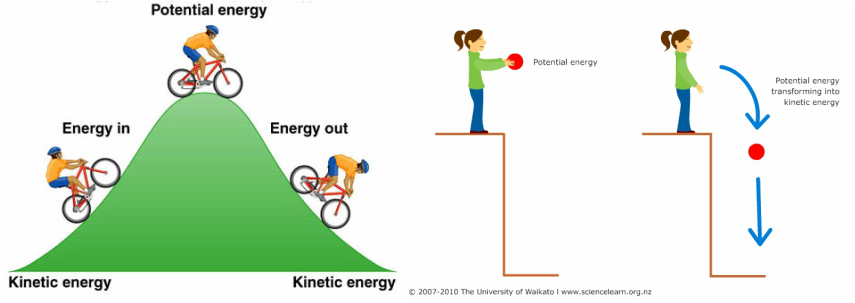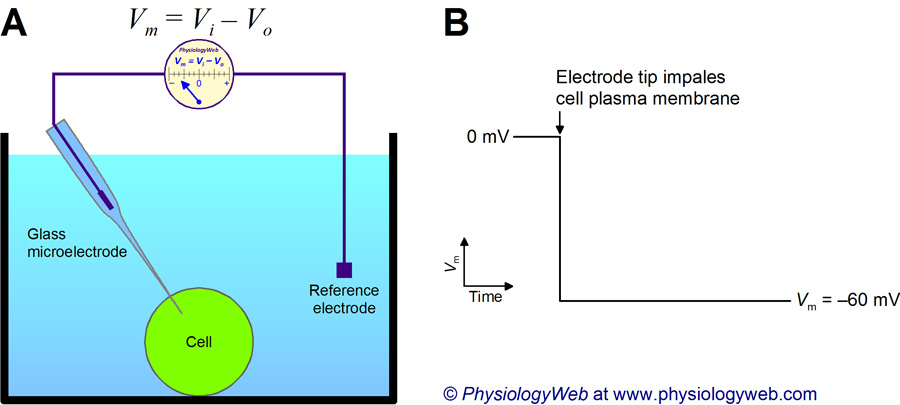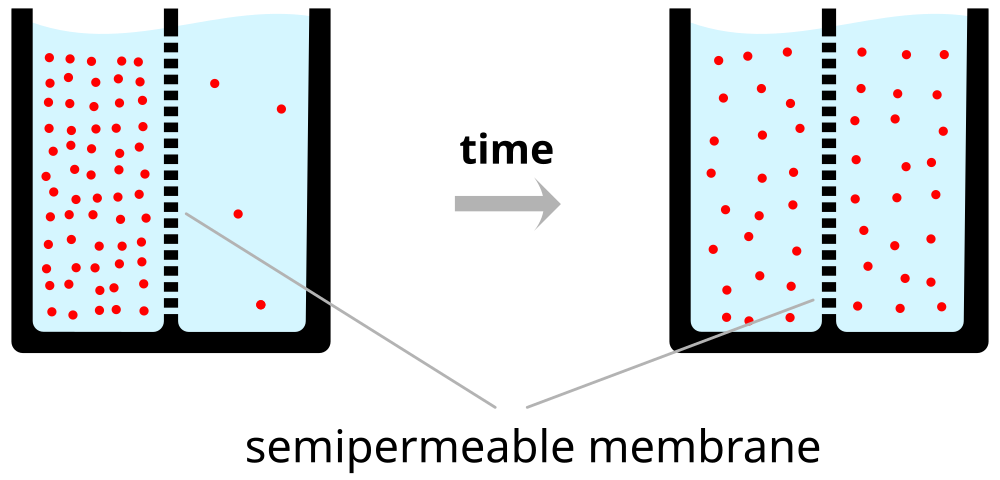2017-09-14 11:47:28
Measuring potentials in actual neurons
Today's Topics
- Announcement: Exam 1 next Friday
- Why brains?
- The neuron at rest
Which type of glial cell produces myelin for neurons in the CNS?
- A. Astrocytes
- B. Oligodendrocytes
- C. Schwann cells
- D. Microglia
Which type of glial cell produces myelin for neurons in the CNS?
- A. Astrocytes
- B. Oligodendrocytes
- C. Schwann cells
- D. Microglia
How many neurons are there in the human brain?
- A. 100 million
- B. 100 billion
- C. ~86 billion
- D. ~86 million
How many neurons are there in the human brain?
- A. 100 million
- B. 100 billion
- C. ~86 billion
- D. ~86 million
What part of the neuron receives the majority of input from other neurons?
- A. The axon
- B. The terminal button
- C. The soma
- D. The dendrites
What part of the neuron receives the majority of input from other neurons?
- A. The axon
- B. The terminal button
- C. The soma
- D. The dendrites
Why brains?
Escherichia Coli (E. Coli)
- Tiny, single-celled bacterium
- Feeds on glucose
- Chemo ("taste") receptors on surface membrane
- Flagellum for movement
- Food concentration regulates duration of "move" phase
- ~4 ms for chemical signal to diffuse from anterior/posterior
Paramecium
- 300K larger than E. Coli
- Propulsion through coordinated beating of cilia
- Diffusion from head to tail ~40 s!
- Use electrical signaling instead
- Na+ channel opens (e.g., when stretched)
- Voltage-gated Ca++ channels open, Ca++ enters, triggers cilia
- Signal across cell within ms
Caenorhabditis Elegans (C. Elegans)
- ~10x larger than paramecium
- 302 neurons + 56 glial cells (out of 959)
- Swim, forage, mate
Why brains?
Why brains?
- For neurons
- Bigger bodies
- Live longer
- Do more, do it faster
Neural communication
- Electrical
- Fast(er)
- Within neurons
- Chemical
- Slow(er)
- Between neurons
How are messages generated?
- Electrical potential (== voltage)
- Think of potential energy
- Voltage ~ pressure
- Energy that will be released if something changes
Potential energy
Types of neural electrical potentials
Resting potential
- Measurement
- Electrode on inside
- Electrode on outside
- Inside - Outside = potential
Resting potential
Resting potential arises from
- A balance of forces
- Force of diffusion
- Electrostatic force
- Forces cause ion flows across membrane
- Ion channels allow ion flow
Ion channels
- Openings in neural membrane
- Selective
- Vary in permeability
- Types
- Passive/leak
- Voltage-gated
- Ligand-gated (chemically-gated)
- Transporters/pumps
Ion channels
Neuron at rest permeable to K+
- Passive K+ channels open
- [K+] concentration inside >> outside
- K+ flows out
Force of diffusion
Force of diffusion
Neuron at rest permeable to K+
- Organic anions (A-) to large to move outside of cell
- A- and K+ largely in balance == no net internal charge
- K+ outflow creates charge separation: K+ <-> A-
- Charge separation creates a voltage
- Outside +/inside -
- Voltage build-up stops outflow of K+
The resting potential
Balance of forces in the neuron at rest
- Force of diffusion
- K+ moves from high concentration (inside) to low (outside)
Balance of forces in the neuron at rest
- Electrostatic force
- Voltage build-up stops K+ outflow
- Specific voltage called equilibrium potential for K+
- K+ positive, so equilibrium potential negative (w/ respect to outside)
- Equilibrium potential close to neuron resting potential
Equilibrium potential and Nernst equation
Building on intuition
Equilibrium potentials calculated under typical conditions
| Ion | [inside] | [outside] | Voltage |
|---|---|---|---|
| K+ | ~150 mM | ~4 mM | ~ -90 mV |
| Na+ | ~10 mM | ~140 mM | ~ +55-60 mV |
| Cl- | ~10 mM | ~110 mM | - 65-80 mV |
Resting potential ≠ K+ equilibrium potential
- Resting potential not just due to K+
- Other ions flow
- Resting potential == net effects of all ion flows across membrane
Goldman-Hodgkin-Katz equation
Na+ role
- Na+ concentrated outside neuron
- Membrane at rest not very permeable to Na+
- Some, but not much Na+ flows in
- Na+ has equilibrium potential ~ + 60 mV
- Equilibrium potential is positive (with respect to outside)
- Would need positive interior to keep Na+ from flowing in
Electrical circuit model
Summary of forces
| Ion | Concentration gradient | Electrostatic force | Permeability |
|---|---|---|---|
| K+ | Inside >> Outside | - (pulls K+ in) | Higher |
| Na+ | Outside >> Inside | - (pulls Na+ in) | Lower |
Party On
- Annie (A-) was having a party.
- Used to date Nate (Na+), but now sees Karl (K+)
- Hired bouncers called
- "The Channels"
- Let Karl and friends in or out, keep Nate out
- Annie's friends (A-) and Karl's (K+) mostly inside
- Nate and friends (Na+) mostly outside
- Claudia (Cl-) tagging along
What happens if something changes?
- Easier for Karl [K+] to exit?
- Easier for Nate [Na+] to enter?
- Some action!
Next time
- The action potential
- How action potentials propagate







